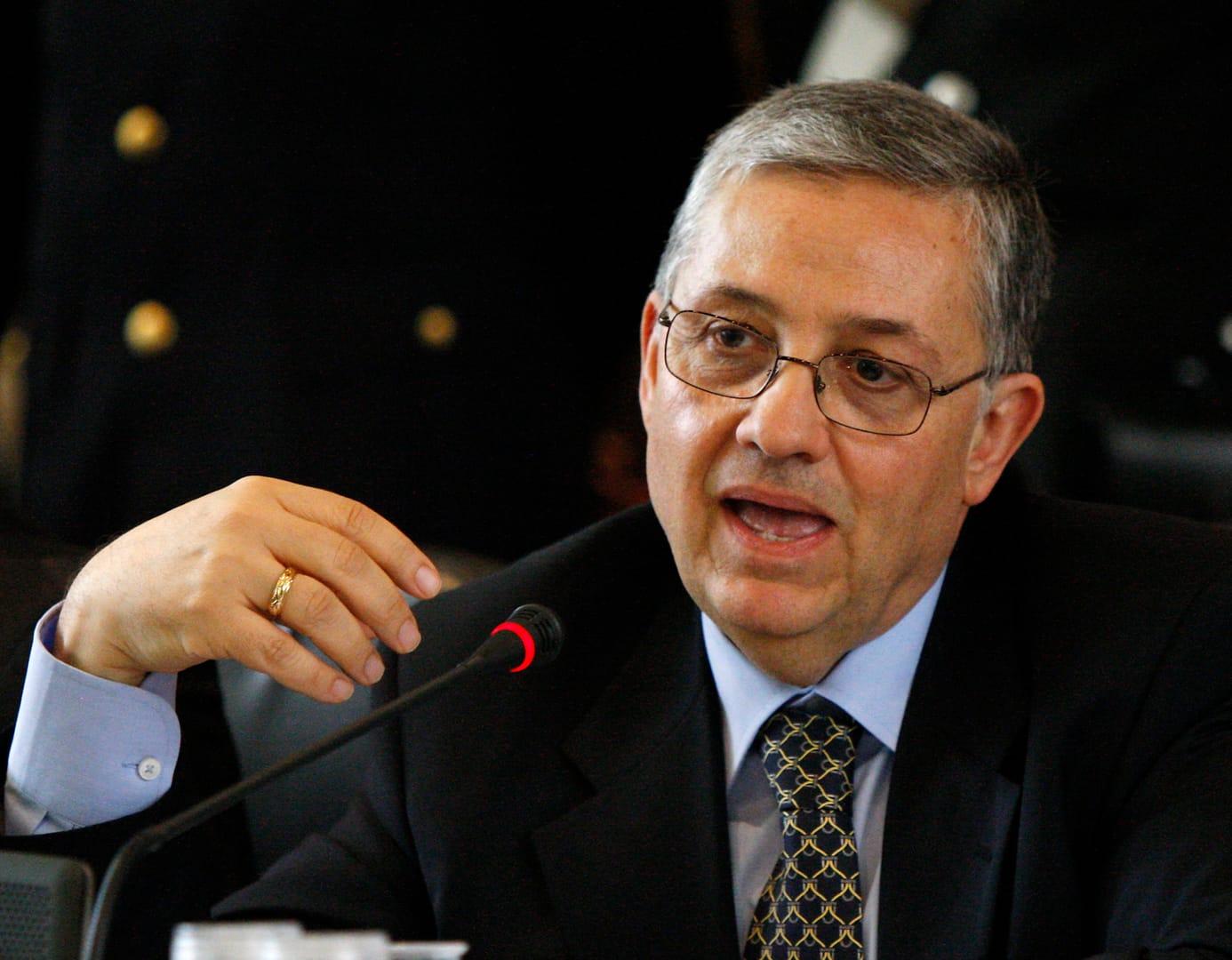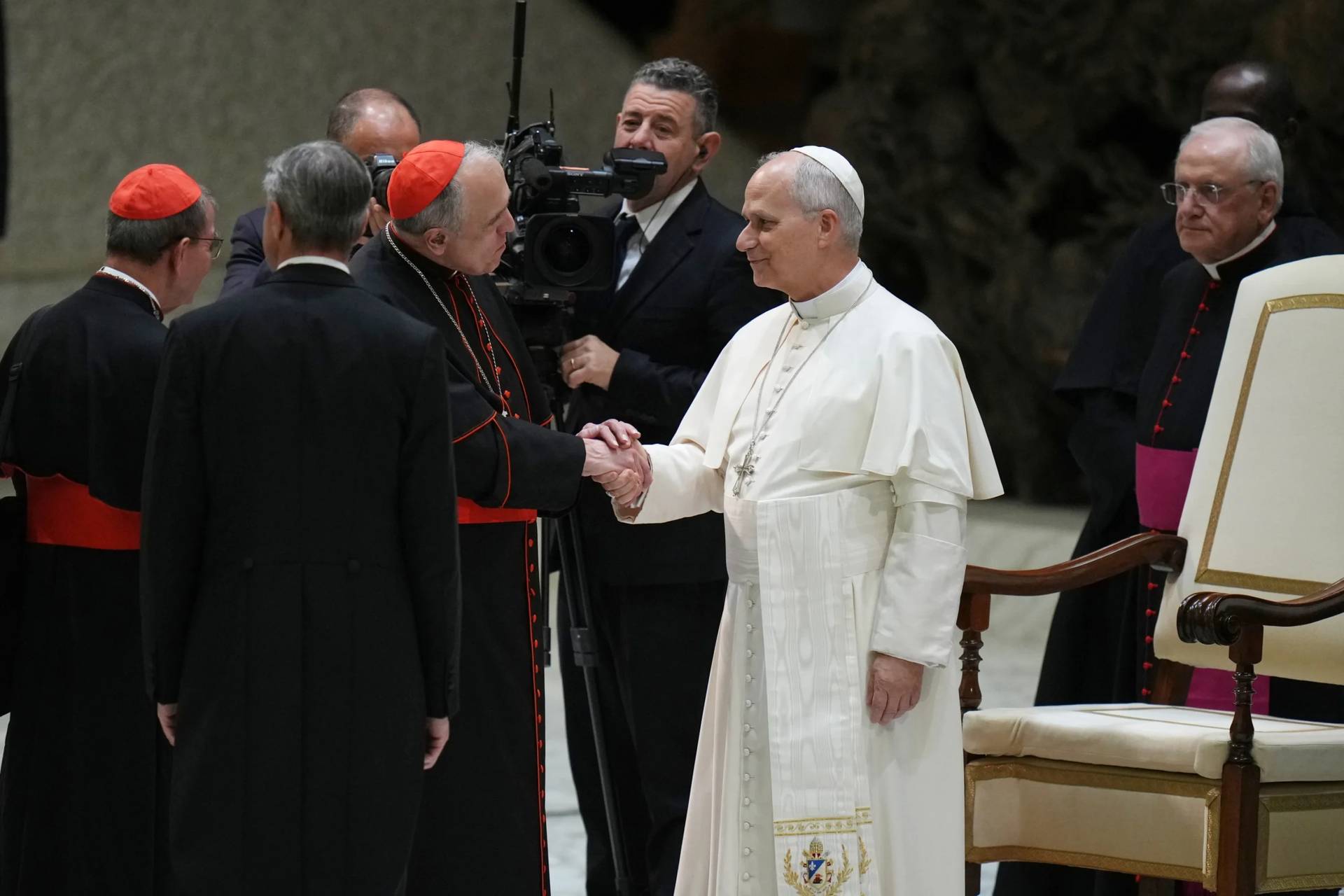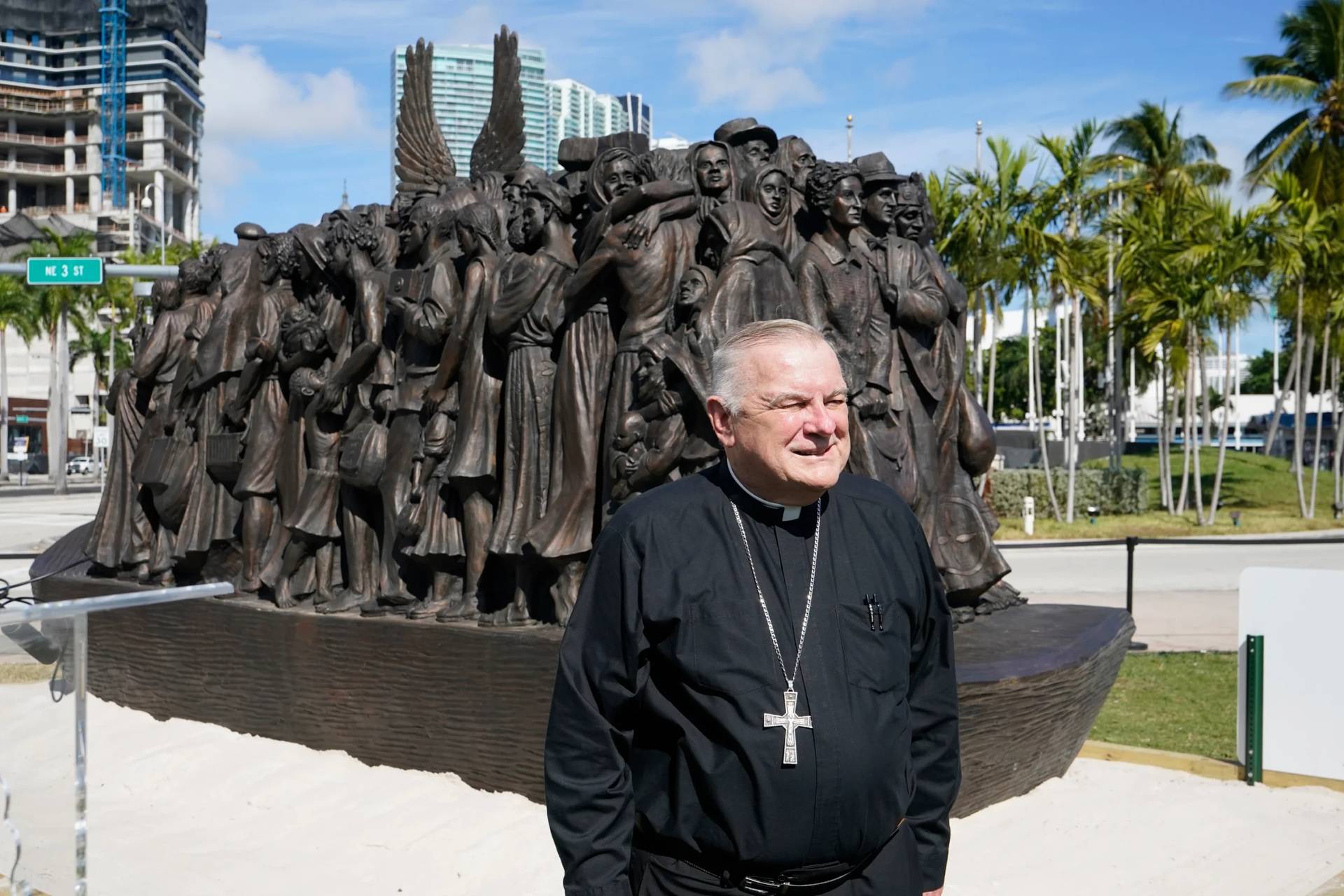ROME – For decades the unsolved disappearance of Italian teen Emanuela Orlandi has been one of Italy’s most perplexing mysteries, making it the subject of intricate conspiracy theories and widespread speculation about who is behind it all.
Orlandi, the daughter of a Vatican employee, disappeared while on her way home from a music lesson in June 1983 at the age of 15.
Ever since, numerous scenarios have been envisioned as to what might have happened. Some say she was kidnapped by the Italian mob in a bid to pressure the Vatican bank, while others believe she fell victim to a clerical sex ring, and still others suggest she was taken by Turkish nationalists to strongarm Pope John Paul II into releasing the man who attempted to assassinate him in 1981.
None of these theories have ever been proven, and nearly 40 years later, the world is still no closer to knowing what happened to Orlandi than it was when she disappeared.
However, every few years something new seems to surface that brings the Orlandi case back into the public spotlight: A new theory, a possible tip, or an apparent detail that was previously unknown.
That happened again this week when the former head of the Prosecutor’s Office in Rome, Giancarlo Capaldo, gave an interview alleging that he was approached by two senior Vatican officials in 2012 to negotiate permission for the removal of the tomb of a mob boss from a prominent Roman basilica in exchange for their cooperation on the Orlandi case.
In the interview, Capaldo gave his version of events, which included the name of none other than Giuseppe Pignatone, Capaldo’s successor as Rome’s top prosecutor who, just two years after his retirement in 2017, was named by Pope Francis as President of the Vatican Tribunal, making him the top judicial authority in the small city-state.
According to Capaldo’s account, which he provided in an interview on Italy’s La7 television channel, he was approached by two high-ranking Vatican “emissaries” in the spring of 2012, when Benedict XVI was still in office.
What these Vatican officials wanted, he said, was help in removing the remains of big-time mob boss Enrico “Renatino” De Pedis, former head of the Banda della Magliana crime syndicate, from the crypt of Rome’s Basilica of Sant’Apollinare, which sits directly across from Rome’s famed Piazza Navona.
De Pedis was a known leader of the criminal organization whose shady business dealings touched the world of politics, finance, and even the Church. He was gunned down in the street near Rome’s Campo dei Fiori in 1990.
His tomb was opened in 2012 in response to conspiracy theories stating that Orlandi’s remains would be found there. They were not, but after several weeks De Pedis’s body was removed and cremated, and his ashes were scattered at sea.
Capaldo, who at the time was leading the investigation into Orlandi’s disappearance, alleged that De Pedis’s burial place had been a secret, and that everything began with an “anonymous tip” about it to Italian papers, causing public outcry and embarrassment for the Catholic Church.
In his account, Capaldo implied the real reason for opening De Pedis’s tomb was due to the two Vatican officials who approached him, who he said offered whatever information the Vatican had on Orlandi’s disappearance in exchange for the Italian judiciary’s help in moving De Pedis from the basilica.
However, Capaldo said the agreement he had reached with these two officials came to an end later in 2012, when he retired and Pignatone stepped on board as head of the Prosecutor’s Office, opting after some time to close Orlandi’s case.
Capaldo refused to give the names of the two officials who approached him for negotiations but insisted that he would reveal them if he was ever questioned by Italian or Vatican authorities as part of a formal inquiry.
In response to Capaldo’s claims, Orlandi’s brother, Pietro Orlandi, who has been leading the effort to continue seeking answers in his sister’s disappearance, said he was happy to have the new information and voiced confidence that Capaldo would reveal the names of the Vatican officials in due course.
Pietro himself has long insisted that the Vatican knows more than it has said about what happened to his sister and holds an annual sit-in at the Vatican to demand answers.
RELATED: 38 years after teen’s disappearance, brother condemns Vatican’s ‘silence’
In order to inspire Vatican and Italian judiciaries to take the “right steps” in terms of follow-up to Capaldo’s remarks, the Orlandi family lawyer, Laura Sgrò, made a formal request to both the Higher Council of the Judiciary in Italy and to Pignatone in his current capacity as President of the Vatican Tribunal to question Capaldo and to launch an investigation “on the conduct of the magistrates of the Prosecutor’s Office” in Orlandi’s case.
In response to Capaldo’s claims, Pignatone penned a letter to the editor of Italian newspaper Corriere della Sera essentially saying that Capaldo was lying.
In his response, published Dec. 13, Pignatone said that in all his time serving in the Prosecutor’s Office, Capaldo “never said anything, as he should have, about his asserted interlocutions with ‘emissaries’” of the Vatican.
Pignatone insisted that when he took office in March 2012, he specifically asked Capaldo to be updated on the details of the Orlandi case, saying Capaldo stayed on for another three years to assist in the investigation into Orlandi’s disappearance.
“I never in any way hindered any activity of the investigation of Dr. Capaldo or other colleagues. I never advocated for the procedure related to the disappearance of Emanuela Orlandi,” he said, noting that the request to archive her case was made largely by other people involved in the process, and he merely endorsed the decision, whereas Capaldo did not, and refused to sign the papers when the time came.
Orlandi’s case was formally archived in May 2016, despite opposition from the family.
“Only after having gone into retirement (March 23, 2017), did Dr. Capaldo refer in books and interviews to his asserted interlocutions with emissaries of the Vatican,” Pignatone said, and argued that Capaldo’s reference to an “anonymous tip” in 2012 revealing the whereabouts of De Pedis’s remains was also false, and that this was a subject of media scrutiny and public polemics as early as 1997.
If Capaldo is asked to testify by Vatican or Italian authorities, the Orlandi case will enter its next chapter.
Follow Elise Ann Allen on Twitter: @eliseannallen













